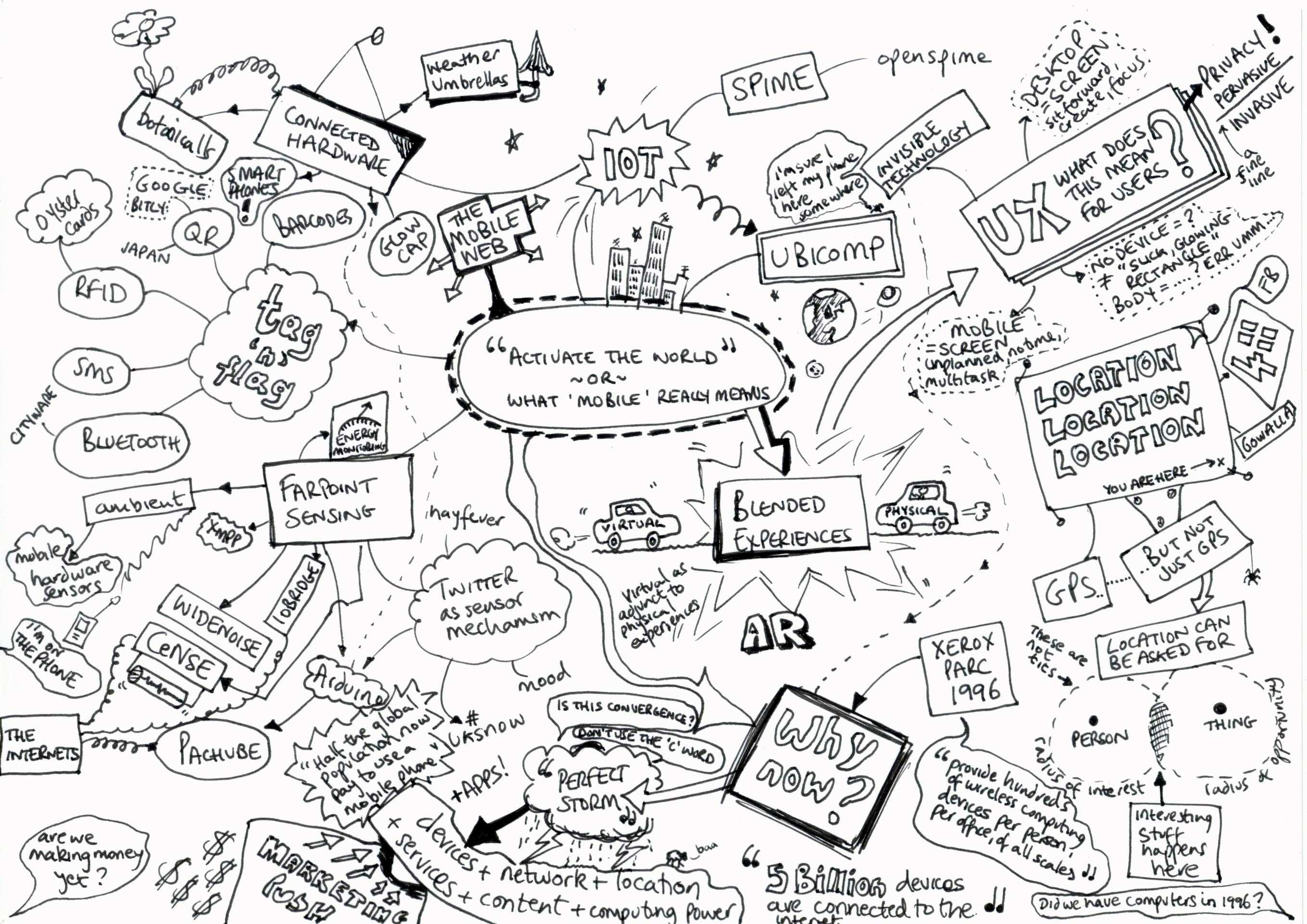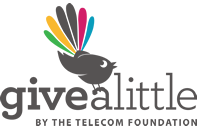The Purpose of government?
What exactly is the purpose of government? Should it include mitigating risks that apply at a whole of population level? High levels of suicide, perhaps, workplace deaths and injuries, minimising the risk of catastrophic climate change, mitigating population wide health problems like obesity or rheumatic fever and addressing the crisis in housing. Perhaps the government should even be ahead of the curve, anticipating issues even before the general public becomes painfully and personally aware of them. Of course proactive work in favour of the public is problematic when, as was hinted on National Radio recently public servants appear to be working for the policy needs of their Ministers and tending to deprioritise those of the wider public.
Defining the Internet of Things
The Internet of things (IOT) has been around since about 1999 and the idea relates to the coming interconnectedness of all things digital. Driverless cars, or fridges that tell their owners when they need to buy milk or throw out the yoghurt are examples of the IOT in the popular imagination. And while some are arguing that the IOT is overhyped there is no doubt that the impacts will be huge and in fact are already with us.
Risks and issues
As an article in the Sunday Observer detailed this month IOT is a significant area of public policy risk. If an electricity user can be remotely disconnected for falling behind with payments what is to prevent a disconnection being done remotely by a hacker? Why wouldn’t such a hacker disconnect every customer in a jurisdiction? As massive interconnectedness brings about a potential loss of privacy and control of networked services which is currently hard to imagine, the IOT will multiply the existing problems and risks associated with the internet.
New Zealand government’s lack of action
There is no mention of IOT in the budget. There appears to be neither any government funded research nor any public policy work happening in the NZ government even though half of NZ businesses expect to have IOT applications implemented by the end of 2016 and the industry identifies security as a major concern. Callaghan Innovation appears not to be working on or funding any work on the IOT and at a recent NZ conference on IOT there was only 1 speaker from the public sector and he appeared not to be working on these super-networks.
Action elsewhere
In contrast there is heavy investment taking place around the world to carry out public policy work aimed at identifying how to manage the risks and opportunities this new technology will bring in its wake. A Guardian article from March 2015 shows that the UK government has put £40M in its budget for this work, which will include developing the policy frameworks, as well as identifying the risks to public and government and other implications of IOT.
The NZ government’s attitude to all sorts of economic development opportunities is that innovation is best left to entrepreneurs and that the public sector’s role is to cut red tape and just ‘get out of the way’. Given this faith in market solutions and private entrepreneurship, the lack of pro-active work to address risks is perhaps is not surprising. In respect of both cutting off economic development opportunities and ensuring public safety, however, it may well be found to be foolhardy.
Other links
Barcelona based IOT Labs http://iotlabs.solutions/internet-of-things/
IOT 2015 congress http://www.iotevents.org/iot-solutions-world-congress
Congress agenda http://media.firabcn.es/content/iots_congress_15/docs/IOTSWC2015-program-schedule.pdf?1446113668111
More background on the internet of things
Wikipedia’s article on says “The Internet of Things is the network of physical objects or “things” embedded with electronics, software, sensors, and network connectivity, which enables these objects to collect and exchange data. The Internet of Things allows objects to be sensed and controlled remotely across existing network infrastructure, creating opportunities for more direct integration between the physical world and computer-based systems, and resulting in improved efficiency, accuracy and economic benefit. Each thing is uniquely identifiable through its embedded computing system but is able to interoperate within the existing Internet infrastructure. Experts estimate that the IoT will consist of almost 50 billion objects by 2020”.
An IOT world congress paper from 2011 talks about IOT as a network of networks and says about commercial buildings alone that ‘control systems for heating, venting, and air conditioning (HVAC); telephone service; security; and lighting. As IoT evolves it said “these networks, and many others, will be connected with added security, analytics, and management capabilities. This will allow IoT to become even more powerful in what it can help people achieve”.


Latest Comments